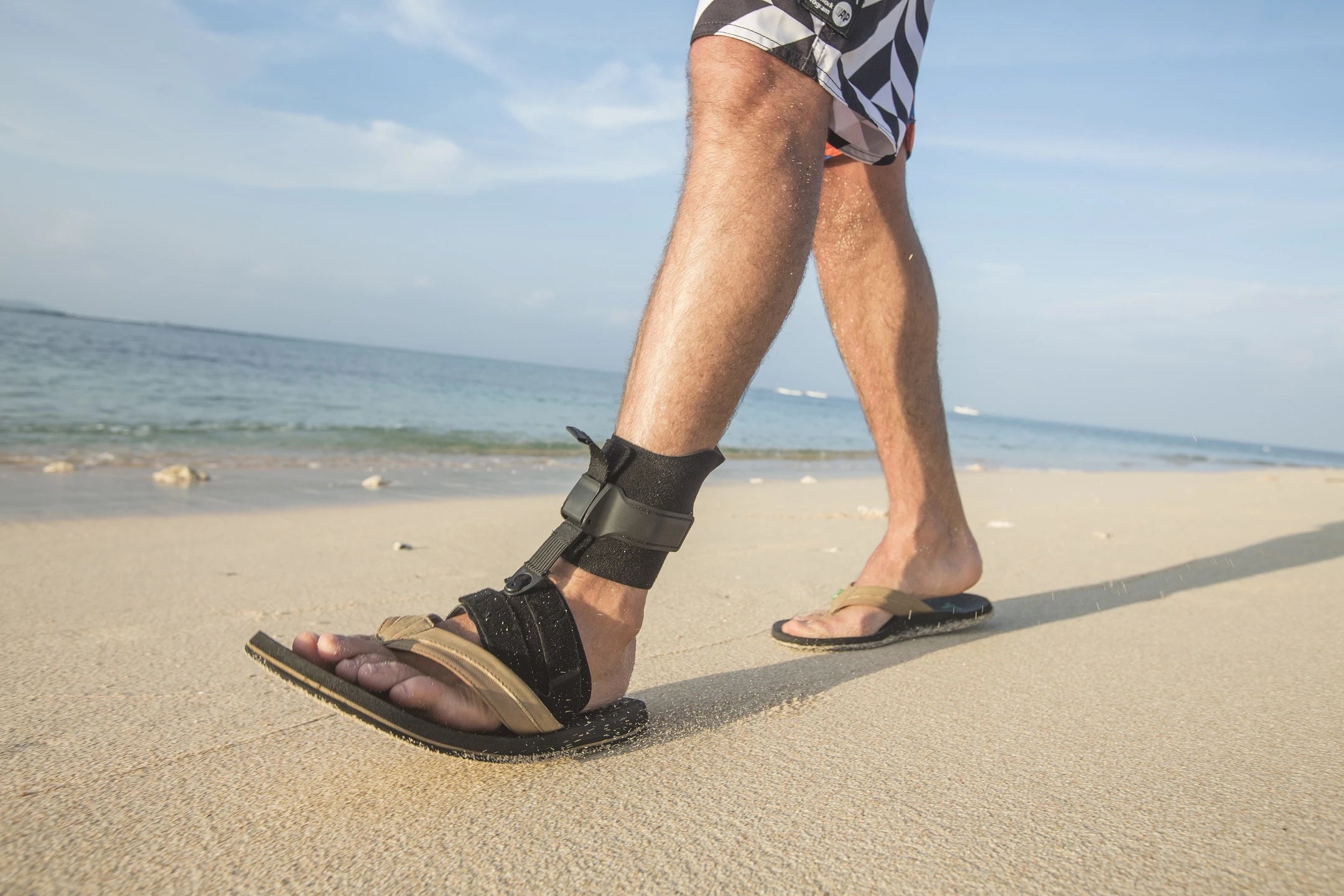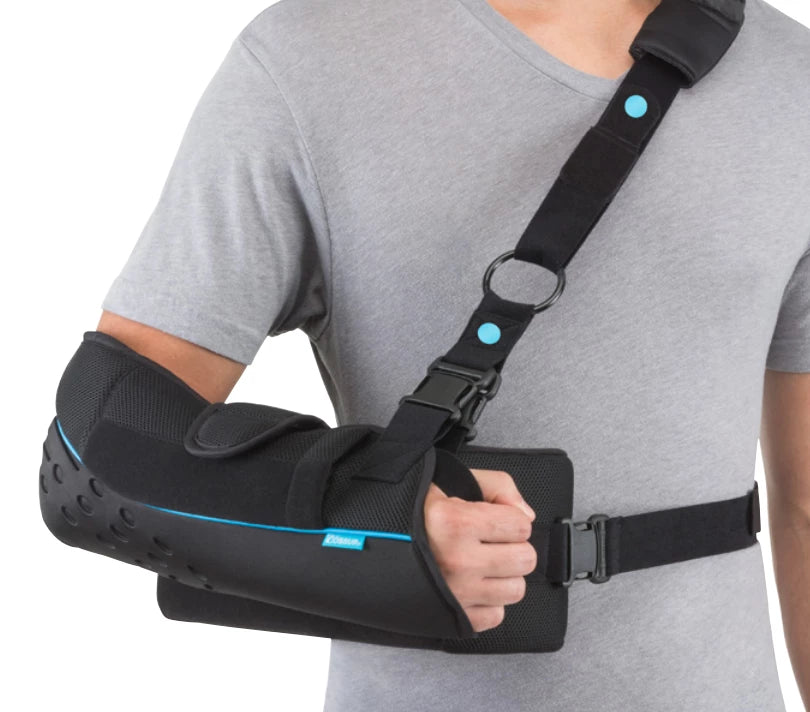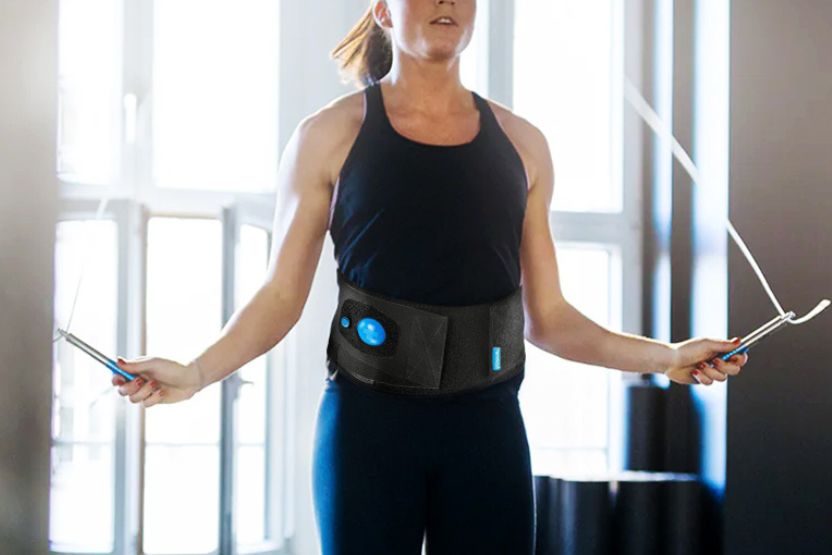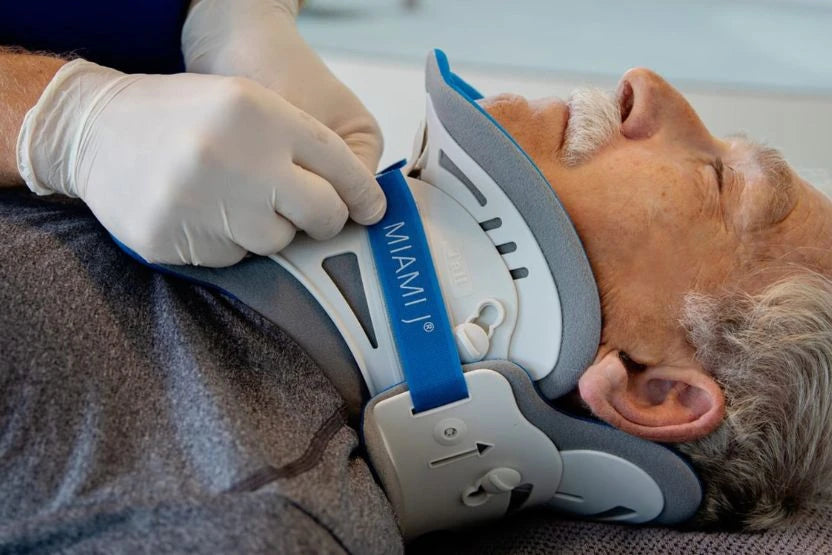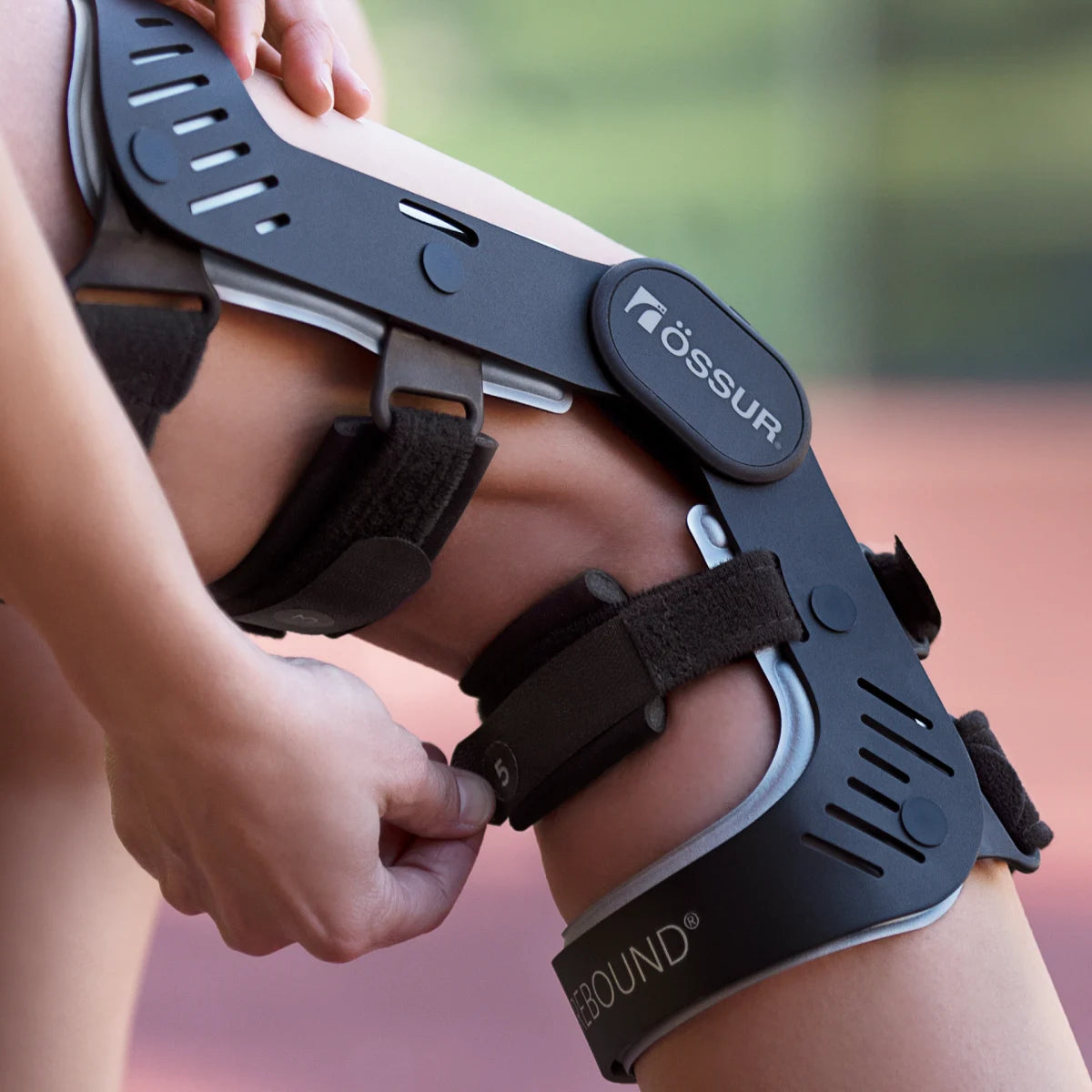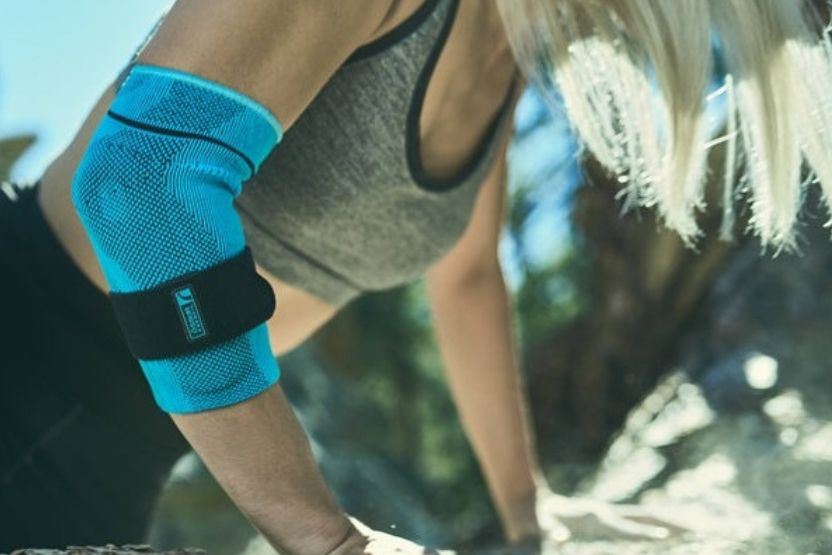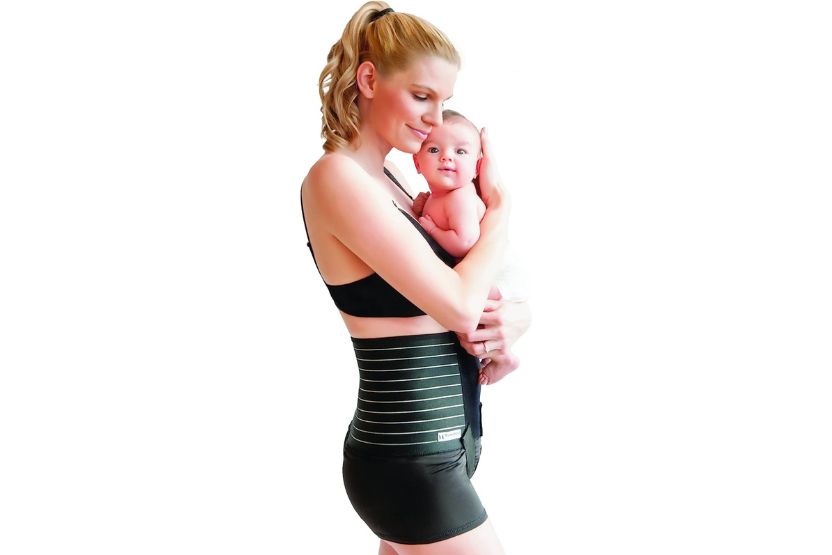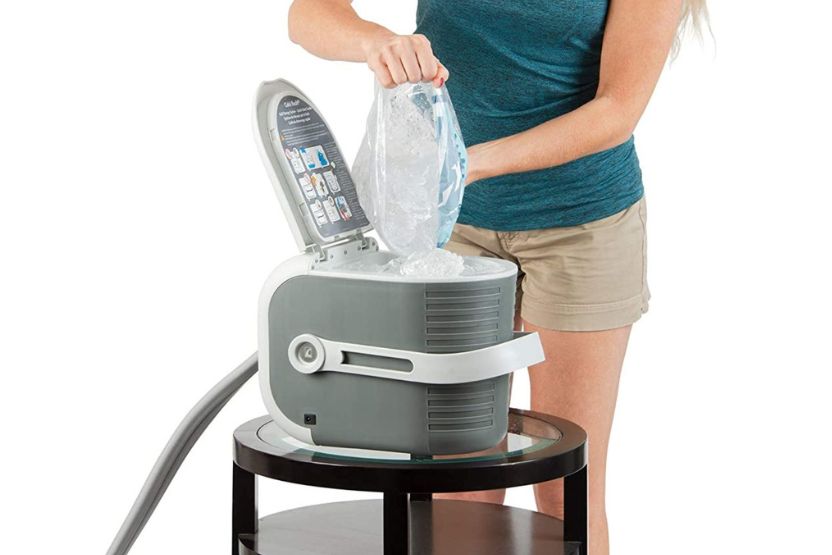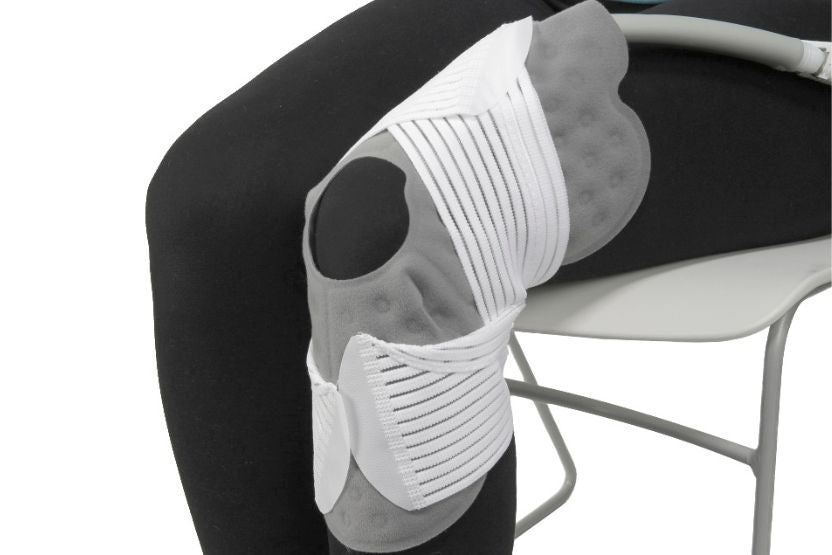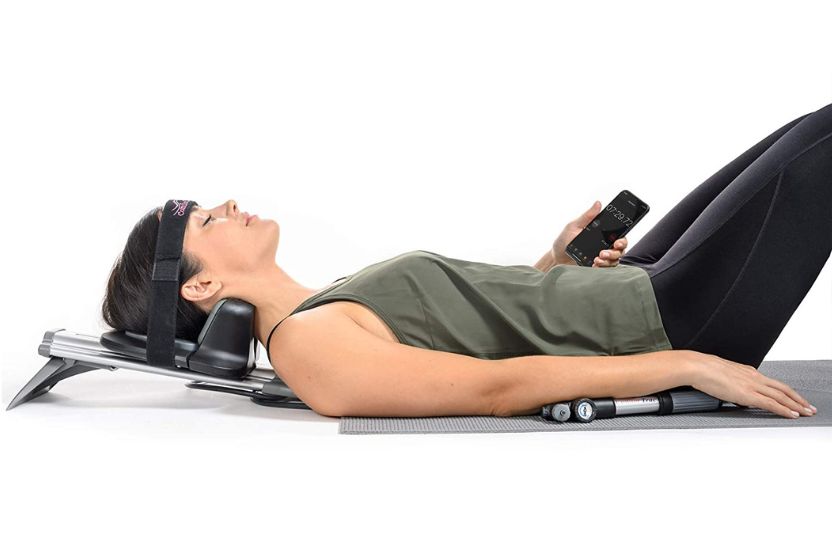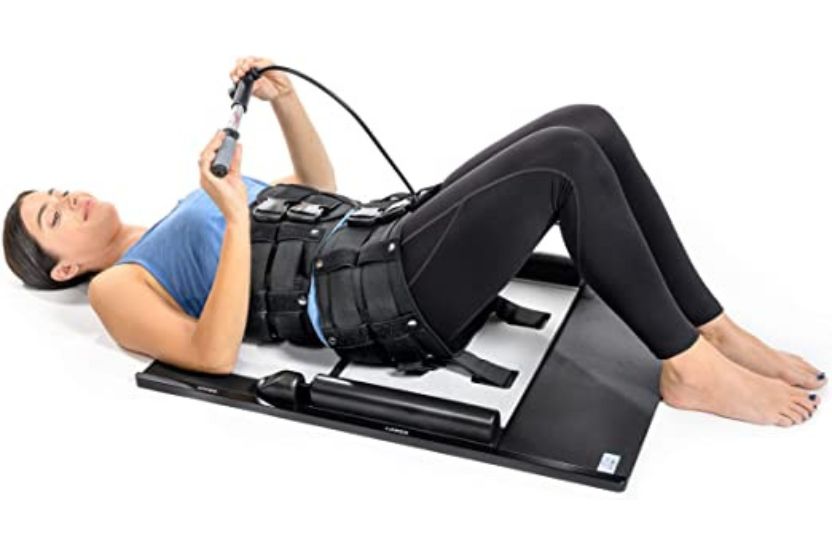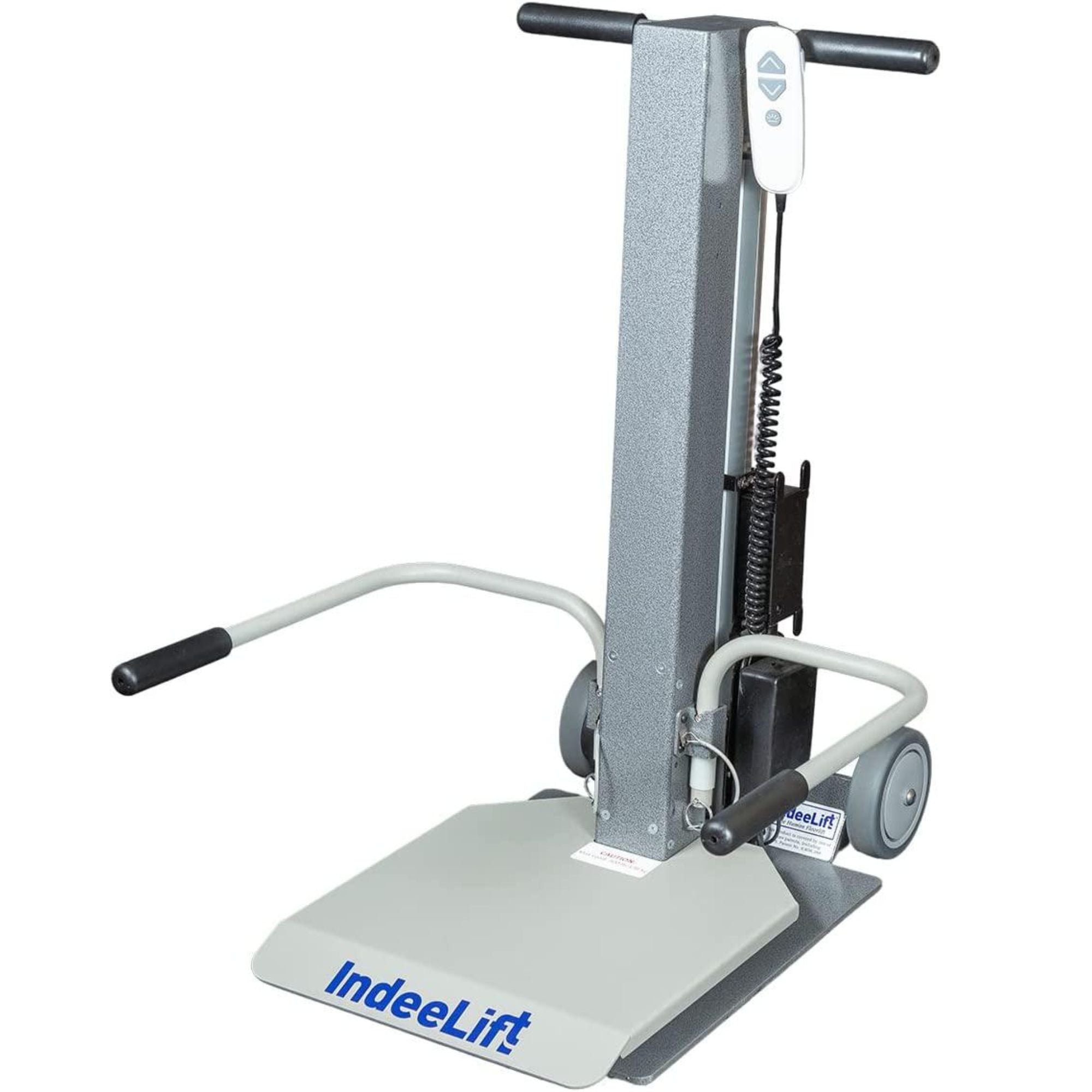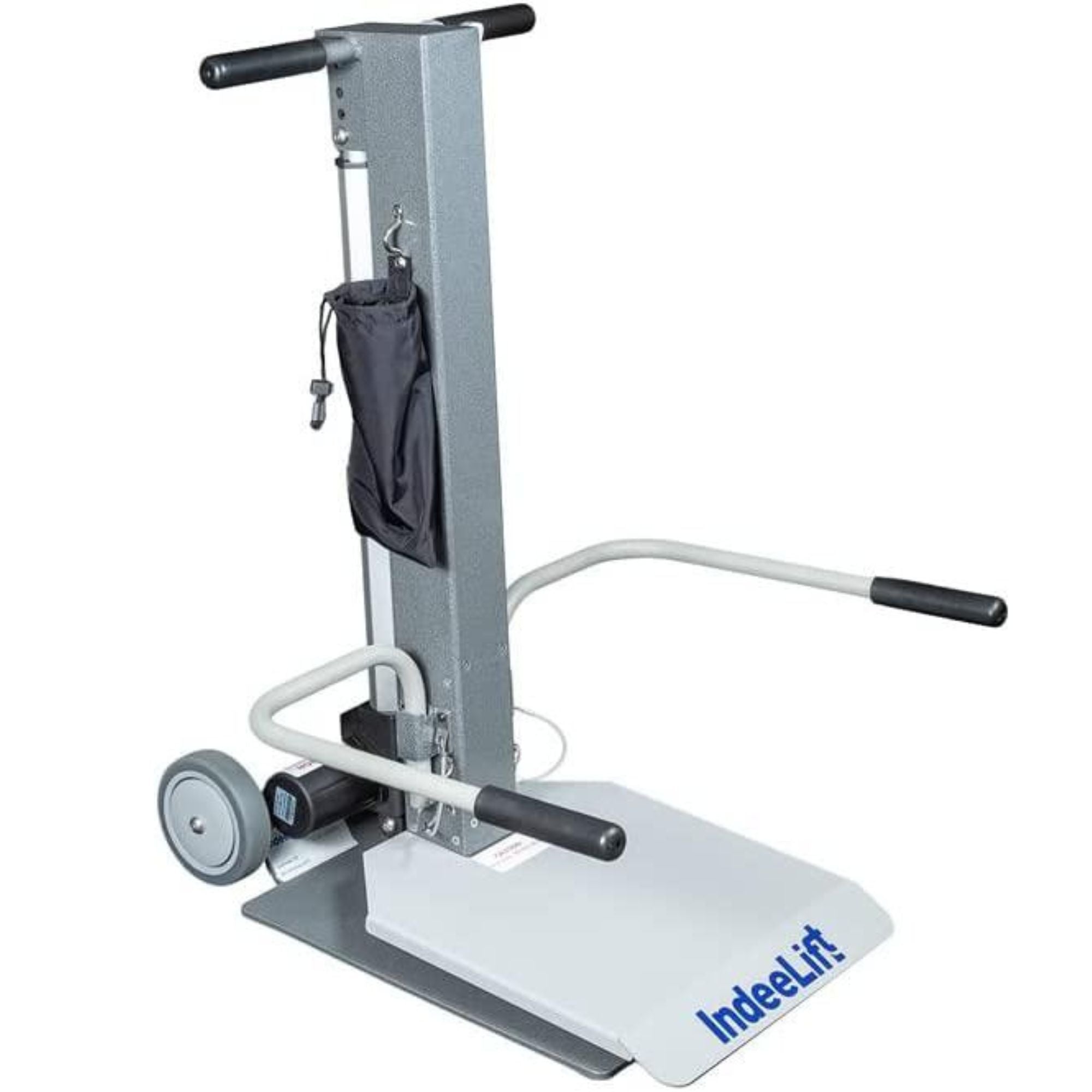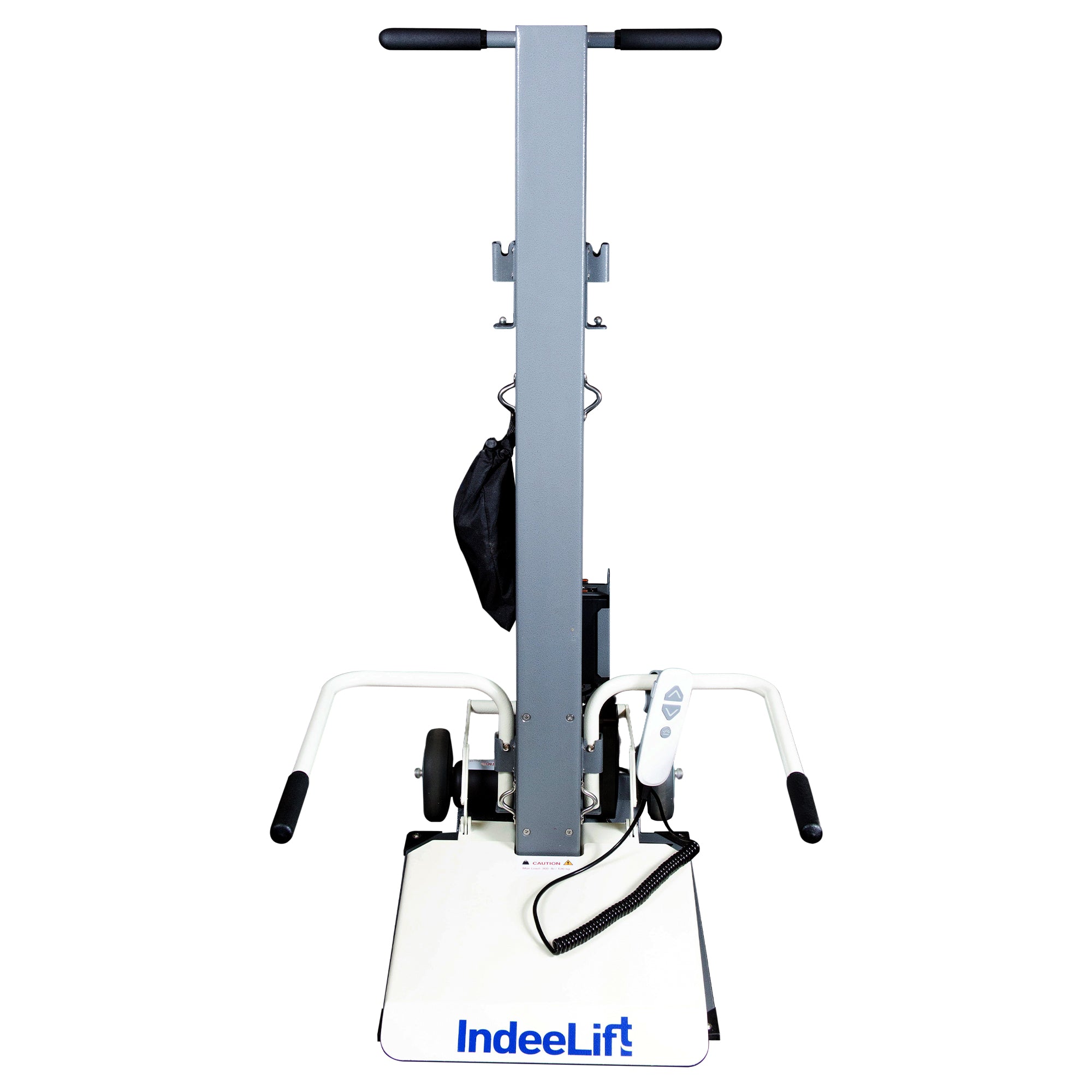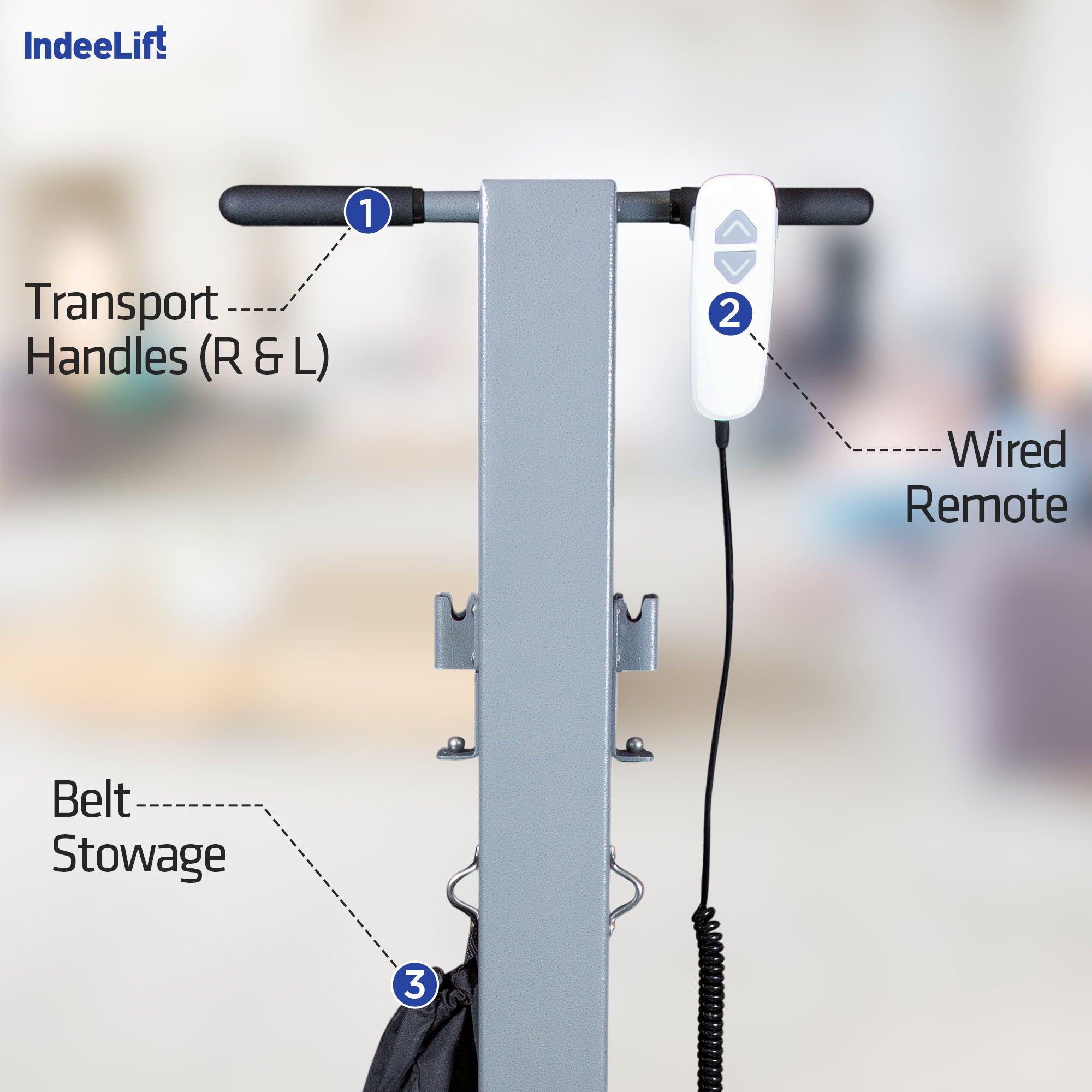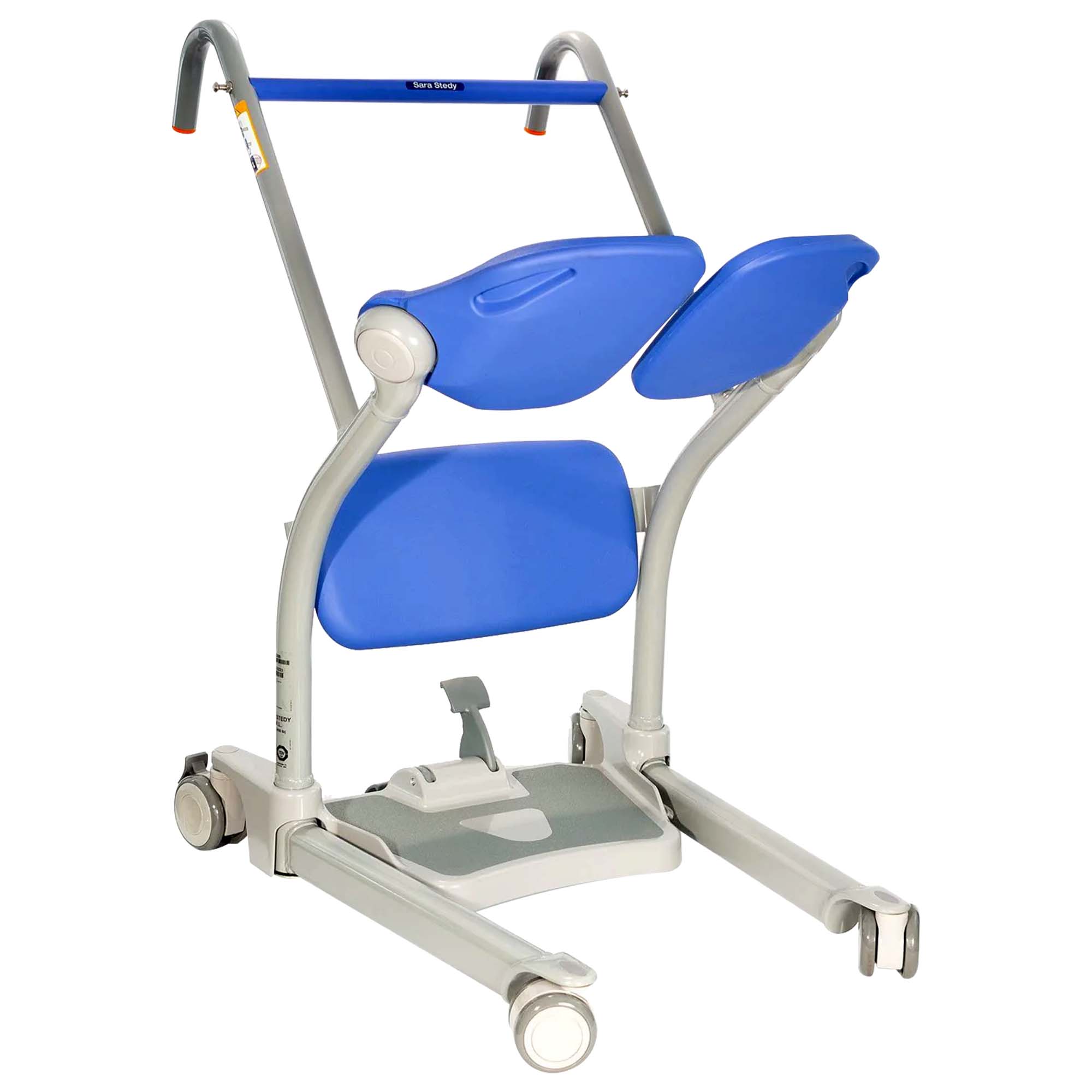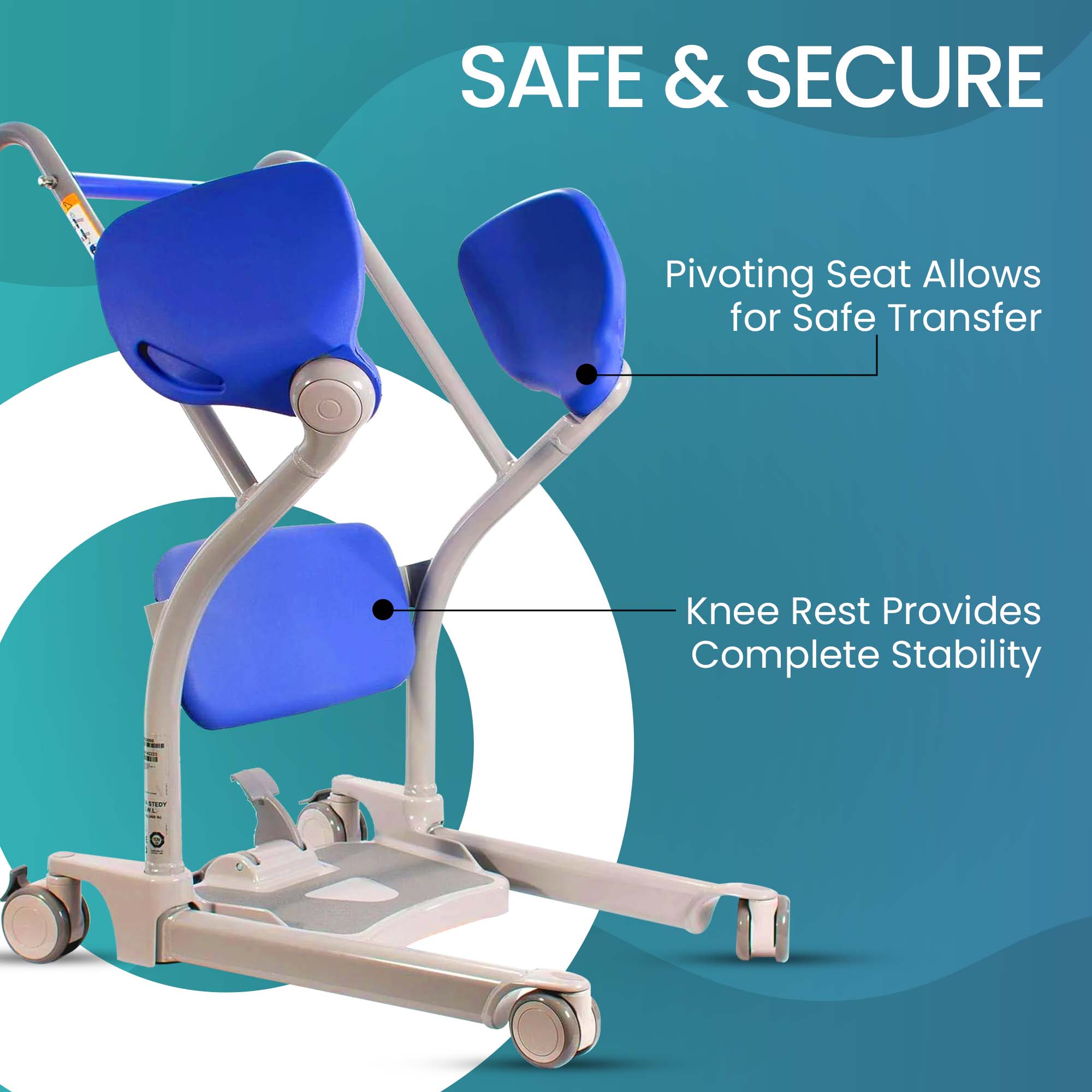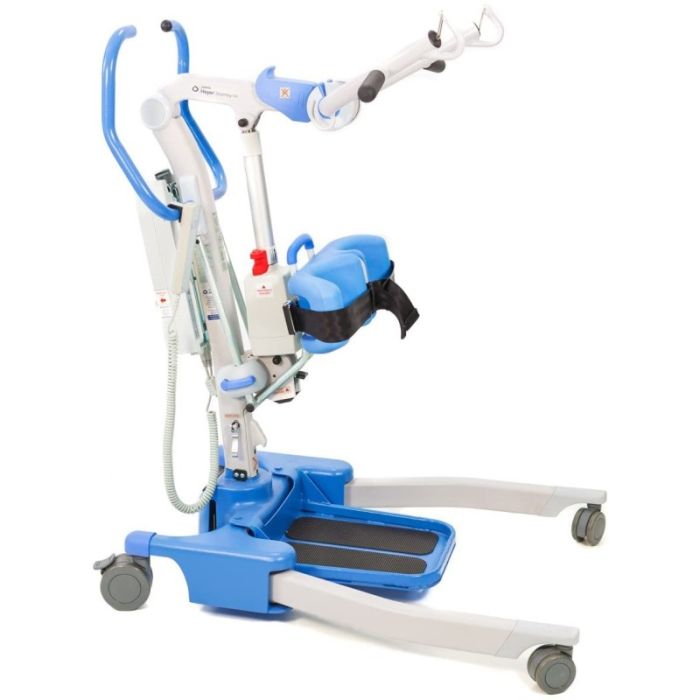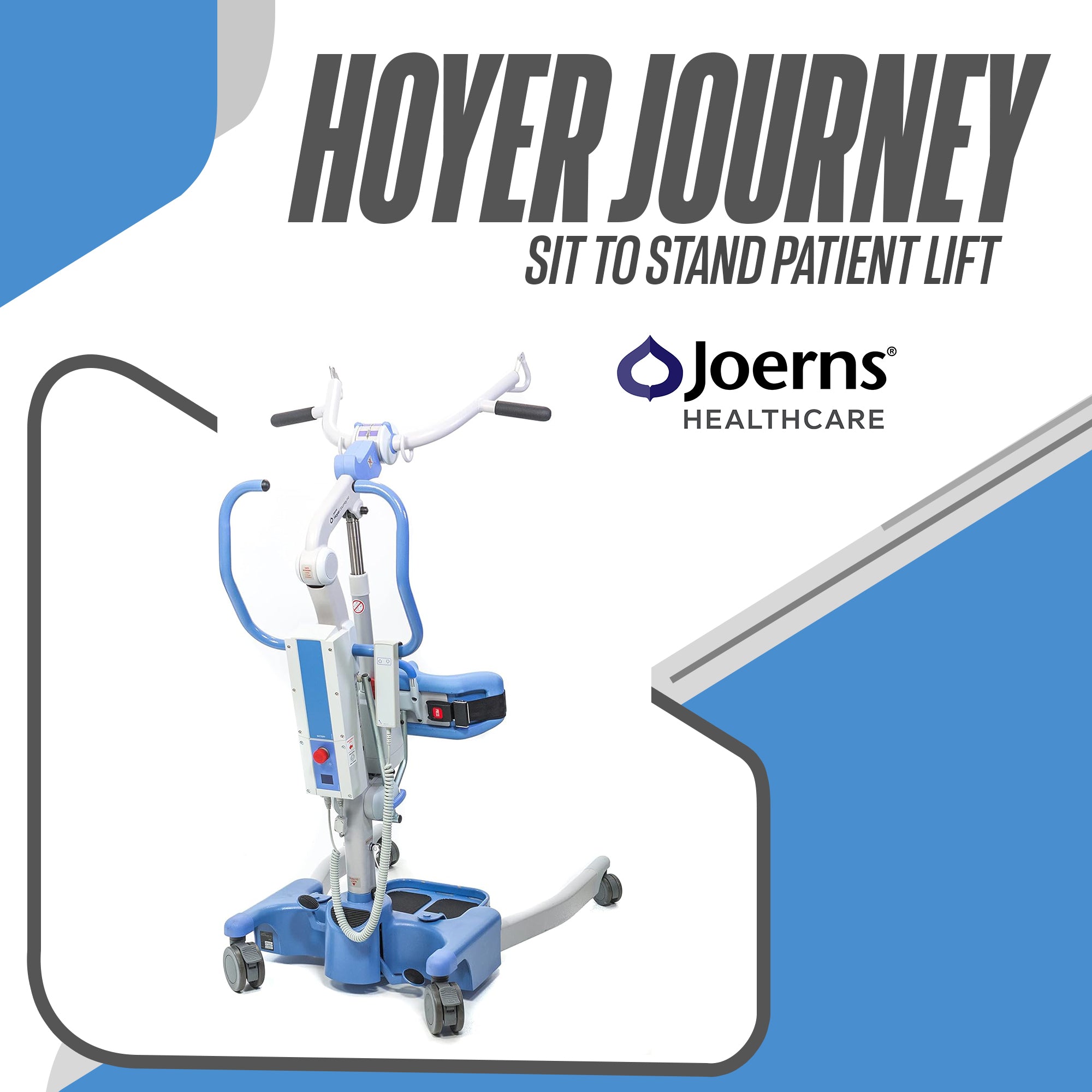Patient Lifts for Home Use: Safe and Easy Solutions
For individuals requiring mobility assistance, remaining at home comfortably and safely is an ideal scenario. But transfers between beds, chairs, toilets, and other surfaces can be challenging for both caregivers and patients. This is where patient lifts for home use come in, offering a safe and easy solution to promote independence and dignity.
Understanding Patient Lifts for Home Use
Patient lifts, also known as home lifts or assisted living lifts, are mechanical devices designed to assist individuals with limited mobility in safely transferring from one position to another. There are various lift options available, each suited to address specific needs and home environments.
Types of Patient Lifts for Home Use:
- Standing Lifts: These lifts assist patients in rising from a seated position to a standing position, ideal for those with some leg strength.
- Sit-to-Stand Lifts: Designed to transfer patients from sitting to sitting positions, these lifts are suitable for those with minimal leg strength.
- Ceiling Lifts: Mounted on the ceiling and operating on a track system, ceiling lifts offer extensive coverage throughout a room, facilitating transfers to various locations.
- Hoyer Lifts: These portable lifts are freestanding and highly versatile, ideal for use in different rooms or even transferring patients in and out of vehicles.
Benefits of Patient Lifts for Home Use:
- Enhanced Safety: Lifts significantly reduce the risk of falls and injuries for both caregivers and patients during transfers.
- Reduced Strain: By eliminating the need for manual lifting, lifts prevent caregiver back pain and fatigue.
- Increased Independence: Lifts empower patients to participate in transfers, fostering a sense of dignity and control.
- Improved Comfort and Well-being: Safe and supported transfers minimize stress and anxiety for both caregivers and patients.
Choosing the Right Patient Lift for Home Use:
Selecting the most suitable lift requires careful consideration of several factors:
- Patient's weight and mobility level
- Types of transfers needed (standing vs. sit-to-stand)
- Home environment (doorways, ceiling heights)
- Caregiver's physical abilities
- Budget
Safety Features of Patient Lifts for Home Use:
Modern patient lifts prioritize safety with features like:
- Emergency stop buttons
- Weight sensors to prevent overloading
- Comfortable and secure slings for proper patient support
- Battery backup systems (for electric lifts)
Finding Safe and Easy Patient Lift Solutions
Reputable medical equipment suppliers offer a variety of patient lifts suitable for home use. They can provide expert advice on choosing the right lift for your needs, demonstrate safe operation, and ensure proper installation in your home environment.
Patient lifts for home use play a vital role in creating a safe and comfortable living environment for individuals requiring mobility assistance. By exploring the different lift options, considering safety features, and consulting with healthcare professionals, you can find the ideal solution to promote a higher quality of life for yourself or your loved ones at home.
Disclaimer
The information provided in this blog is for general informational purposes only. It is not a substitute for professional medical advice, diagnosis, or treatment. Always seek the advice of your physician or other qualified healthcare provider with any questions you may have regarding a medical condition or treatment and before undertaking a new health care regimen.
Shop-Orthopedics is not a medical professional, and the content on this blog is not intended to be a substitute for professional medical advice, diagnosis, or treatment. Shop-Orthopedics makes no representations or warranties of any kind, express or implied, about the completeness, accuracy, reliability, suitability, or availability with respect to the blog or the information, products, services, or related graphics contained on the blog for any purpose. Any reliance you place on such information is therefore strictly at your own risk.


